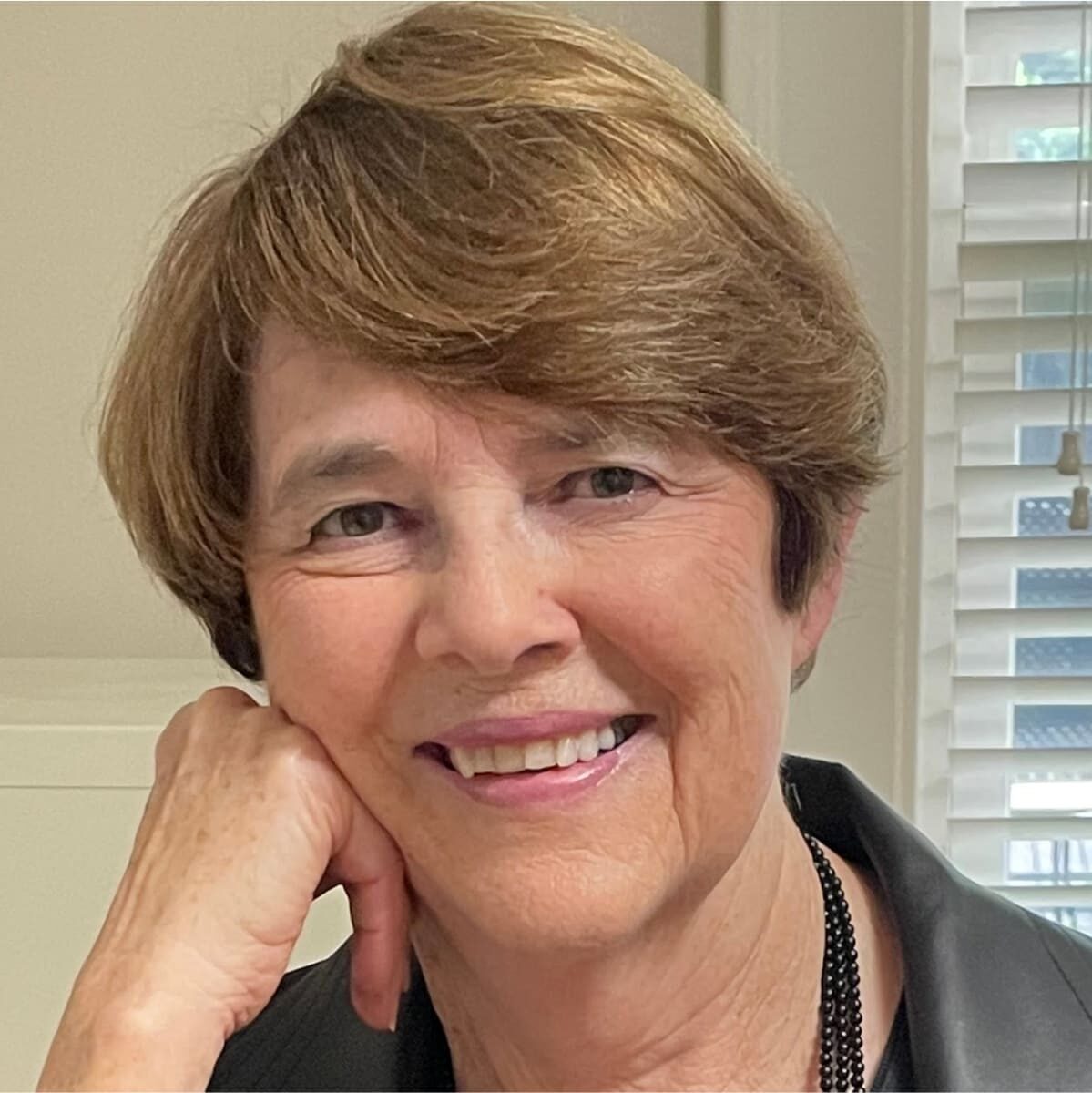
Wonder Woman: Back in Business
December 19, 2014
It’s less than a week ’til Christmas, but there is still time to rush around and buy a Wonder Woman doll or other Wonder Woman paraphernalia online or at your local toy store!
There is an upsurge of interest in this venerable female super hero, probably because two new books about the Amazon princess have just been published. And in 2017, the first-ever stand-alone Wonder Woman movie will be released. (Thanks to writer Sarah Kerr for this tidbit and for much of the other information in this column – taken from her fascinating article that appeared in the November 20, 2014, issue of The New York Review of Books.) Reading about the upcoming film (Wonder Woman will be played by the model Gal Gadot, a former Miss Israel and a veteran of the Israel Defense Forces, which bodes well for her on-camera fighting sequences) brought back happy memories of the Wonder Woman TV series that aired from 1975 to 1979.
Another former beauty queen, Lynda Carter, was the star. My daughter Jennifer adored that campy television series, and one Halloween when she was about seven or eight, we concocted a Wonder Woman costume featuring star-studded redwhite and-blue “Underoos” (“The Underwear that’s Fun To Wear!”), a spiffy tiara, and sparkly bracelets fashioned out of cardboard and tinfoil. For several years after that, Jennifer would don her outfit from time to time and zoom around the house, triumphantly vanquishing the bad guys. I still have a photo of her wearing that much-loved costume.
Of course, writes Sarah Kerr, “there was that moment in every show” where nurse Diana Prince (Wonder Woman’s undercover disguise) “would spin and transform herself into Wonder Woman. A cautious symmetrical whirl, it was too slow to suggest physical power. But there was something dumbly hypnotic about it.”
You can view innumerable video clips of Lynda Carter’s famous whirls—and other scenes from the television series— on YouTube. They will make you smile.
So, Wonder Woman is back – and just in time. We need her badly, just as we needed her in 1941, when she was first created as a comic book character by a real character named William Moulton Marston, a Harvard alum, psychology professor, and kinky feminist who invented the lie detector test.
According to Harvard historian and author Jill Lepore, Marston loved smart, strong women (he had a wife with a Ph.D. and also a mistress, and they all lived together—allegedly happily—with their four children). He decided to invent the Wonder Woman character as “an explicitly feminist creation” that would help turn the tide during World War II.
As originally conceived by Marston, Wonder Woman helped military intelligence officials catch spies, including some who were working for Adolf Hitler. Her gleaming bracelets could repel bullets, and she was so muscular and strong—not to mention curvy—that she could easily break the chains that she was invariably tied up with. (According to Lepore, the chains were a nod to the early 20th-century suffragettes who fought for women’s right to vote; the suffragettes often chained themselves to fences as part of their protest strategy.)
Wonder Woman was not the only hero fighting for “truth, justice, and the American way” in the 1940s, but she certainly was the only superhero who was demonstrably female.
In the early 1970s, when Wonder Woman made her first resurgence (her likeness was on the cover of the inaugural issue of Ms. Magazine), women of my generation were making strides against the discrimination that plagued us then. Despite some progress, however, it plagues us still: women continue to be paid less than men and are promoted less than men. We don’t have government-sponsored child care, as women do in every other firstworld country in the West. We don’t have even a single day of guaranteed paid vacation, of course, neither do men. And women are still the predominant victims of domestic violence.
So it’s past time for Wonder Woman to return to the arena. And thanks to authors Jill Lepore ( The Secret History of Wonder Woman, Knopf, 410 pp., $29.95) and Tim Hanley ( Wonder Woman Unbound: The Curious History of the World’s Most Famous Heroine, Chicago Review Press, 320 pp., $18.95), the Amazon princess is back in business.
She has her work cut out for her.

Jan Collins is a Columbia, South Carolina-based journalist, editor, and author. A former Nieman Fellow at Harvard and former Congressional Fellow in Washington, D. C., she is the coauthor of Next Steps: A Practical Guide to Planning for the Best Half of Your Life (Quill Driver Books, 2009).
